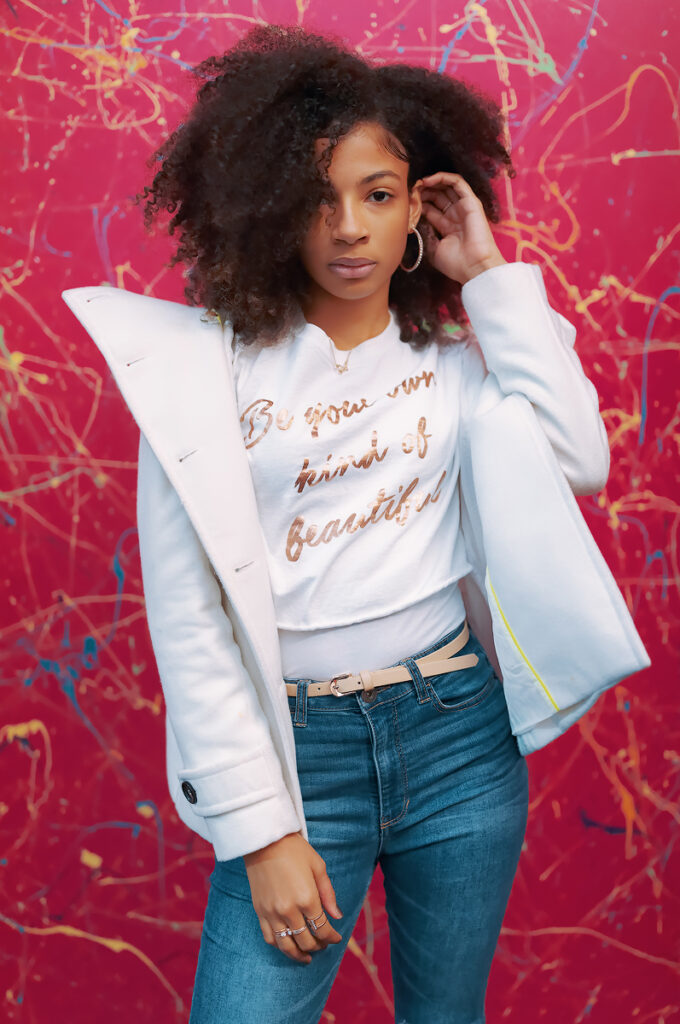Portraits are an important and popular photography style. Portrait photography is one of the oldest forms of photography that has been practiced historically. Many old portraits are not only personal items, they also serve as part of the historical record and many people use portraiture to record their memories of family and friends.
Portraiture is also an important part of the business of photography. Whether it’s commercial photography, sports photography, or just family photography, portraiture is a good option for photographers who want to be paid to do their work.
Regardless of why you choose to do portrait photography, you’ll have to choose a lens to do it with.
Historically the portrait has usually been taken with a 50mm to 135mm focal length. In modern days it’s become much more common to see portraits taken with wide angles, usually around 28mm. This is mainly because of the influence of cellphone photography. If you want the same angle of view that an iPhone has, that is going to be 28mm. Newer iPhones have multiple cameras with different lenses on them, among those is usually a 50mm focal length. Strictly speaking the 50mm camera would be the “portrait” lens on an iPhone.
Portraits are best taken with a 50mm or longer focal length. For most uses cases 50mm – 200mm can be considered the optimal portrait range. The main reasons for this is that telephoto lenses produce lower distortion. If you’ve ever taken a picture of yourself with a 28mm lens and seen your face and limbs weirdly stretched out or enlarged, that is entirely due to the perspective or angle of view that a 28mm lens has.
Most people don’t want to see themselves distorted like that, but some people like it because it may make them look different, and they might actually prefer how they look due to the distortion. There’s really no accounting for taste here.
As photographers I think it’s important to realize that we do have a duty to document the world as it is. And that is where the lack of distortion in the lens comes into play. 50mm is a great starting point for someone who wants to develop their portrait taking skills.
The first thing to know about portraits is that they’re not far away shots of people. 99% of the time a portrait is a close up shot of a person where their body fills most of the frame. In addition to this portraits are typically shot with the camera frame held vertically, much like how phones are typically held in vertical orientation. It’s not impossible to take a portrait in horizontal framing, however, the implication is sometimes different as the horizontal framing brings in more of the background and reduces the presence of the person in the frame. When I say “portrait” I’m talking about the person, and as such, portraits should place the person in the image front and center. A portrait isn’t about what you’re doing, or where you’re at, its about who the person is.
These facts contribute to what lens is best used for portraits. Longer focal lengths have a narrower field of view. Literally think of this narrow field of view as narrowing your perception to what is right in front of you. That is what portraits and portrait lenses do best.
A wide angle lens shows too much, it doesn’t put focus on the person. It brings in other elements and those elements may describe that person but they aren’t that person. Wide angle lenses introduce extraneous information that isn’t part of a true portrait.
With all this in mind the absolute top choice for a portrait lens will be the 70-200mm zoom lens. Just below that would be a 50mm prime or 24-70mm zoom. The 50mm prime manages to be a great portrait lens due to it’s large aperture which helps establish the viewers focus on the person in the portrait. 50mm is a very easy focal length to use which makes it a nice choice if you’re not really experienced. While I would put 50mm above 85mm and 135mm for portraits because it is easier to use, those other two focal lengths also have their uses.
Even though telephotos are the best portrait lenses, a 35mm focal length can often be used for portraits such as in the case below:

Working in a small space sometimes requires using a wider angle of view to get the best result. That is why I included the 24-70mm type zoom as a good portrait lens even though 24mm is probably going to be too distorted up close and too wide further away.
You could use a 35mm prime for portraits but it won’t be able to achieve the classic head & shoulder portrait shot or get anywhere near a head shot. It’s sort of a one trick focal length that at best gives a portrait like the one above. It could be a nice portrait lens for behind the scenes of a fashion show or other kind of live event where the rooms are often small and poorly lit.
Moving further along there is the 85mm focal length. 85mm prime lenses are popular choice for portraits and people. For slightly wider framing like the shot below 85mm can be very good.

Notice how the 85mm enhances the presence of the person in the photo. They look larger than life and the focus is almost entirely on the subject. I can see that the background is of a building, but what that building is entirely lost. It’s really just there to offset the subject of the photo, an essential quality of a portrait.
85mm is considered a short telephoto focal length. Because of that it is somewhat easier to use for full body portraits because you won’t have to stand too far away from your subject. Check out the example below taken with an 85mm prime lens.

While 85mm primes are great lenses for portraits, it’s obvious that 85mm is contained within the range of focal lengths of a 70-200mm zoom lens. IMO it’s kind of splitting hairs to go with the 85mm prime as the 70-200 lenses are all very sharp wide open. 70-200’s like the Canon RF 70-200mm also have a very close minimum focusing distance which makes them good options for headshots. 85mm prime lenses tend to be a little too wide for a true headshot. Having said that, for absolute perfection in a full body shot, I would say that an 85mm f/1.4 prime lens is the best option.
Here is another shot taken with a 70-200mm lens at f/2.8 and 92mm.

While both a 85mm prime and a 70-200mm f/2.8 will get you very professional looking results, the 70-200mm can match or exceed the 85mm prime in most scenarios. It’s only when getting very specific and picky about the perfect look and the perfect offset between the subject and background that working with 85mm primes like the RF 85mm f/1.2 L will matter a whole lot.
Another option that someone is sure to mention is the 135mm focal length. 135mm is great but its a bit of an in between focal length. It has a traditional following for the purpose of portraits. I would rather just us a 70-200mm. If you want to flatten the scene, a 70-200mm is better and that to me is the main reason to choose the 135mm over the 85mm. As for the bokeh from a 135… it has a lot if set to f/2 or faster. You’ll probably end up stopping down because the fast 135’s give too much subject isolation. The one thing a 135mm will do better than just about any other lens is sharpness.
If you have to pick one as portrait photographer, choose the 85mm. Most people will find using an 85mm easier than using the 70-200mm. The 70-200mm requires more knowledge while it is easier to shoot with 85’s by feel. So if you’re just getting started, go with the 85mm, it will help you generate successful shots having a fixed focal length and you can later move on to a zoom if you want to.

